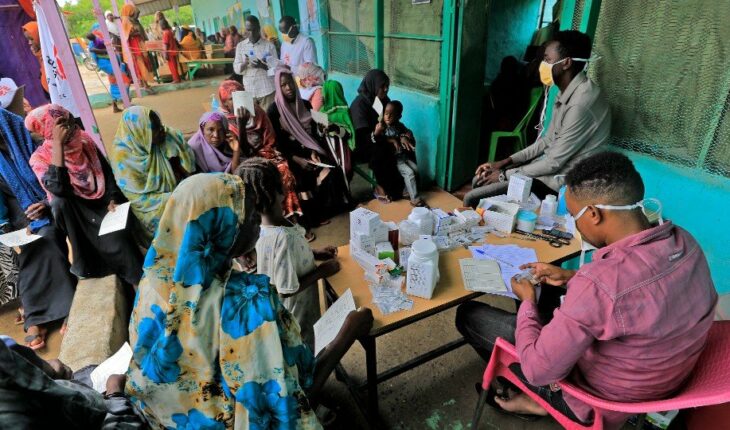Half of the world’s health facilities lack basic hygiene services, putting nearly 4 billion people at risk of infection, the UN warned on Tuesday.
These facilities do not have water, soap or hand sanitizer in places where patients receive care or in their health services, according to a report by the World Health Organization (WHO) and UNICEF.
Some 3.85 billion people use these facilities and are at risk of infection, including 688 million people who receive care in places without any hygienic service, U.N. agencies said in the report of their Joint Monitoring Program.
“Hygiene facilities and practices are non-negotiable,” said WHO’s Maria Neira.
Read: Diagnostic studies in private centers grow by 18% due to saturation in public health institutions
He added that “its improvement is essential for recovery, prevention and preparedness in the face of the pandemic.”
“Hygiene in health facilities cannot be ensured without increasing investment in basic measures, such as clean water, clean toilets and proper management of sanitary waste,” he said.
The global figure, based on data from 40 countries, presents an “alarming picture” of the state of hygiene in health facilities, according to the report.
He indicated that 68% of the health centers have hygienic facilities at the points of care and 65% had sinks with soap and water in the sanitary services.
However, only 51% have both, while 9% of the world’s healthcare facilities have neither.
“If health care providers don’t have access to hygiene services, patients won’t have a health facility either,” said UNICEF’s Kelly Ann Naylor.
“Hospitals and clinics without clean water and basic hygiene and sanitation services are a potential death trap for pregnant mothers, newborns and children,” Naylor said.
“Every year about 670,000 newborns lose their lives to sepsis. This is unacceptable, even more so because their deaths are preventable,” he added.
Read: Health accuses offices adjacent to pharmacies of being ‘a hoax’ for people and ‘putting them at risk’
According to the report, the facilities with the worst conditions are those in sub-Saharan Africa, where only 37% have toilets with soap and water in toilets.
In less developed countries, only 53% of facilities have drinking water on site.
About 3% of health facilities in urban areas and 11% in rural areas around the world lack water service.
The report is launched at World Water Week in Stockholm, which ends on Thursday.
What we do at Animal Político requires professional journalists, teamwork, dialogue with readers and something very important: independence. You can help us keep going. Be part of the team.
Subscribe to Animal Político, receive benefits and support free journalism.#YoSoyAnimal





